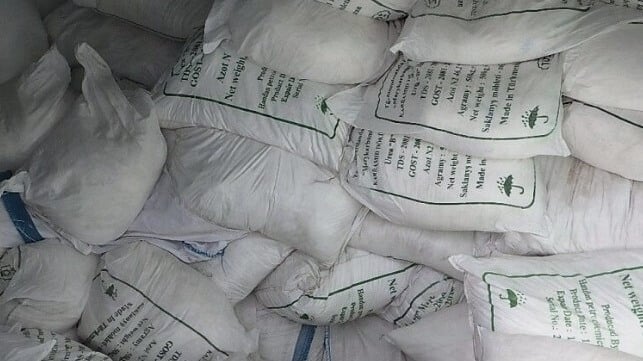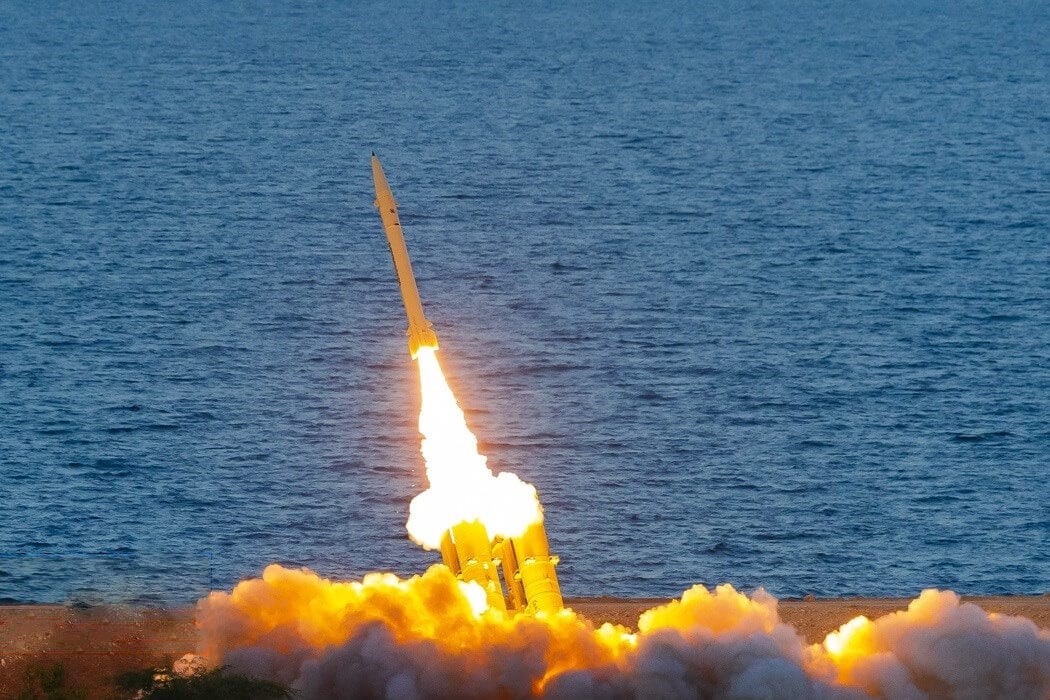Iranian Ships Load Ballistic Rocket Fuel in China

According to a widely-quoted report in the Financial Times datelined Washington and Taipei, intelligence officials in two unidentified countries have briefed the paper that two Iranian ships are loading ballistic missile propellant in the Yangtze river port of Taicang north of Shanghai. Once loading is complete, the ships are scheduled to set sail for Bandar Abbas.
The two ships concerned are the container ships MV Golbon, currently holding its position in the Xiushan Island anchorage 100 miles East of Shanghai, and the MV Jairan, which is yet to complete loading.
Both ships are owned by Islamic Republic of Iran Shipping Lines (IRISL), which is closely associated with the Islamic Revolutionary Guard Corps (IRGC), IRISL ships having been used for intelligence collection purposes. Both vessels are also listed by the US Treasury as being subject to OFAC secondary sanctions.
Although subject to sanctions, the two vessels appear to have made numerous port calls in friendly countries in recent years without attracting US Treasury reprisals against those handling the ships. MV Golbon visited 30 ports in 2024, including calls in the UAE and Malaysia. MV Jairan mustered 29 similar such port calls in 2024.
The cargo to be shipped is sodium perchlorate in pellet form, of which MV Golbon has loaded 34 20-foot containers and MV Jairan is to load 24 such containers.
Sodium perchlorate - when transformed into ammonium perchlorate in a chemical reaction - makes up 70% of the standard fuel load of most of Iran’s solid-fueled ballistic missiles. Iran probably has the industrial capacity to manufacture sodium perchlorate domestically, in facilities at Parchin to where the Chinese shipment was consigned. But it may be facing capacity issues, with booming production of missiles and the need for solid fuel propellant increasing to replace stocks fired at Israel, but also to support increased exports.
 Fath-360 missile test launch (Fars / CC BY)
Fath-360 missile test launch (Fars / CC BY)
The Iranian solid fuel ballistic missile inventory includes both longer range missiles such as the Khybar-Shikan and Fattah, used in attacks against Israel. But it also includes shorter-range missiles such as Fateh-110 and Zolfaghar systems exported to Russia for its war on Ukraine. Iran was spotted shipping Fath-360 solid-fueled ballistic missiles to Russia across the Caspian Sea in January. Resistance of Axis allies, including latterly to Hezbollah in Lebanon, have also received Iranian solid-fueled systems.
In November 2022, USCGC John Scheuerman (WPC 1146) and the destroyer USS The Sullivans (DDG 68) intercepted 70 tons of ammonium perchlorate in the Gulf of Oman en route between Iran and the Houthis. The Houthi solid-fueled Palestine-2 missile used ineffectively against Israel is believed to be either an Iranian Fattah missile or derived from it. The US base at Al Asad in Iraq has been attacked on at least two occasions with Iranian solid-fuel ballistic missiles, including Fateh-313 missiles.
Both the MV Golbon and the MV Jairan were expected to sail directly to Bandar Abbas without further port calls. But now that the Chinese authorities - not normally known for being unsighted domestically - have been alerted as to what has been loaded in Shanghai, it is possible that the ships’ itinerary and cargo may be adjusted.
